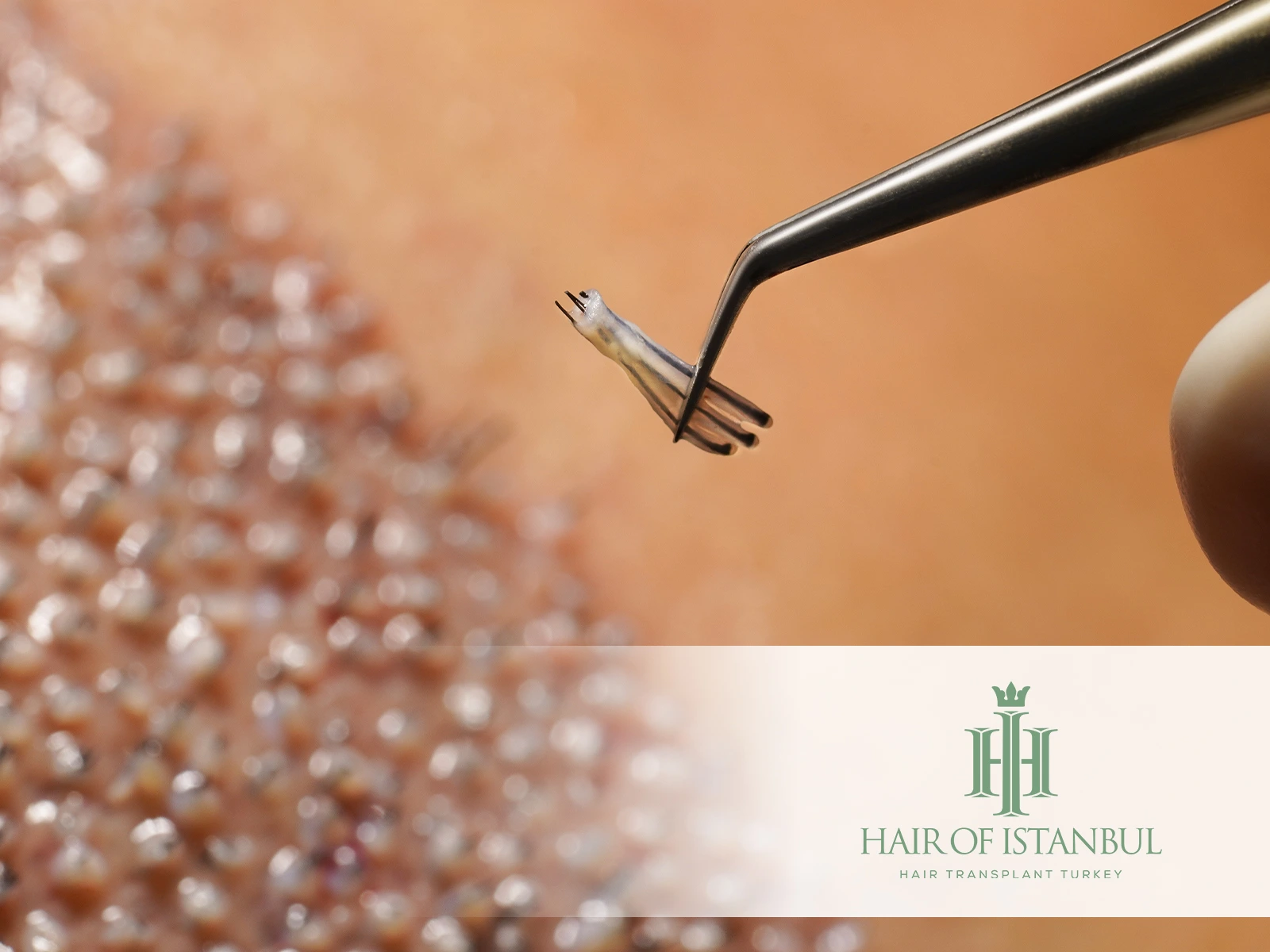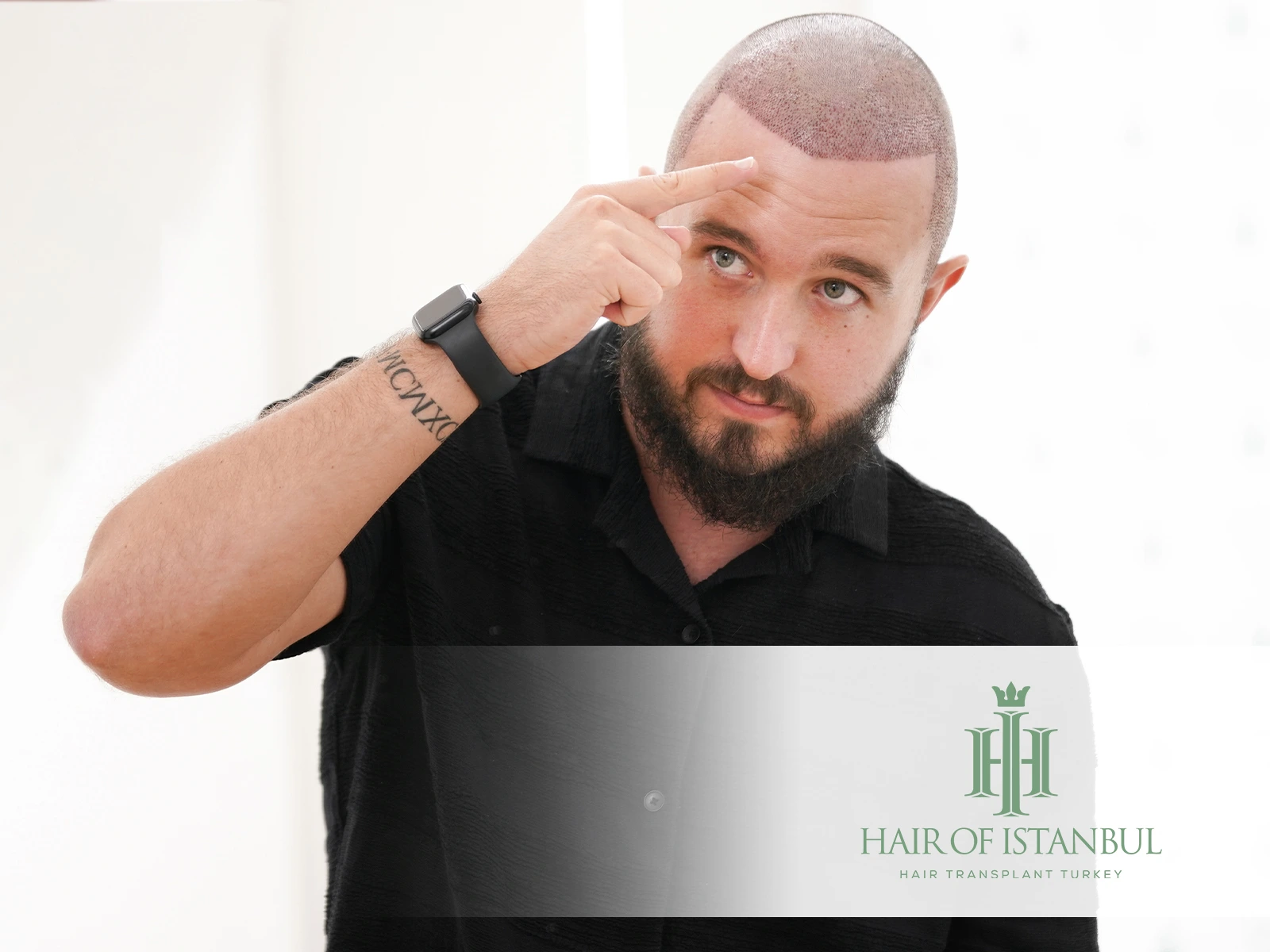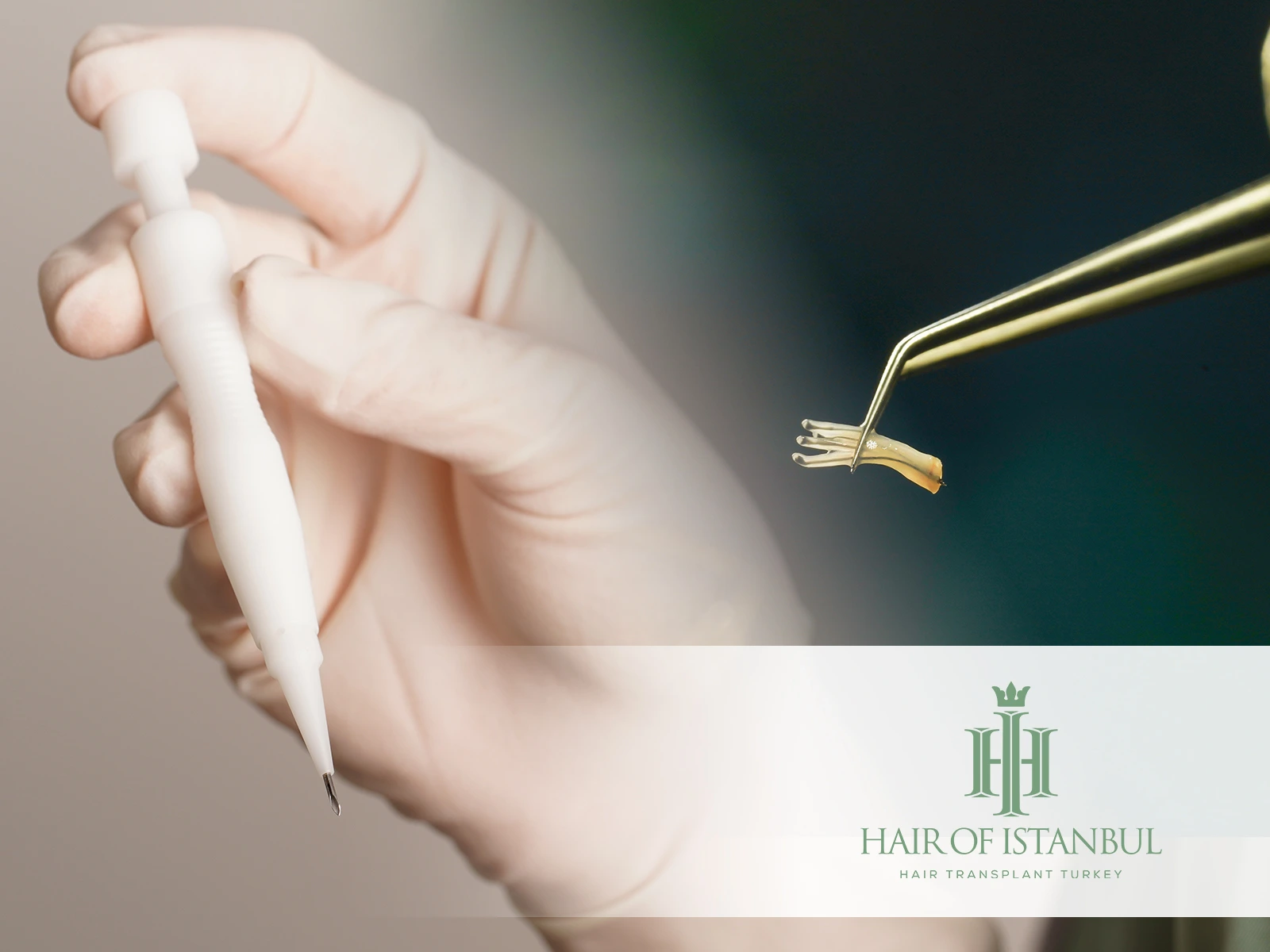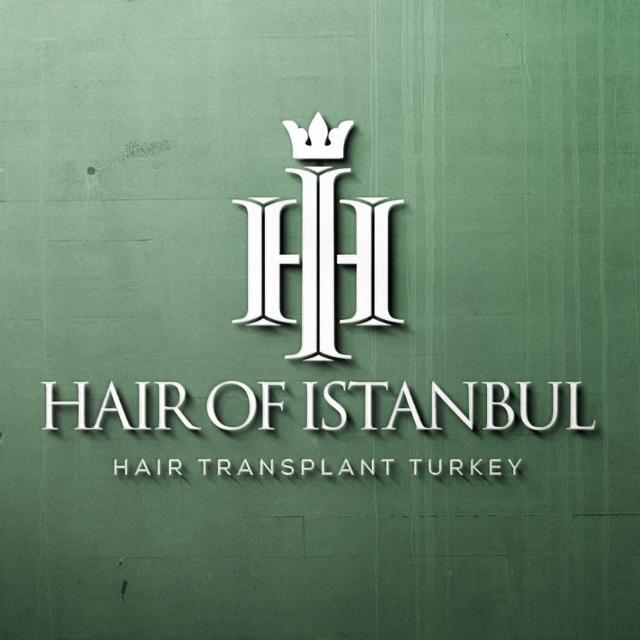Hair Transplant Infection: The Risks of Infected Follicles
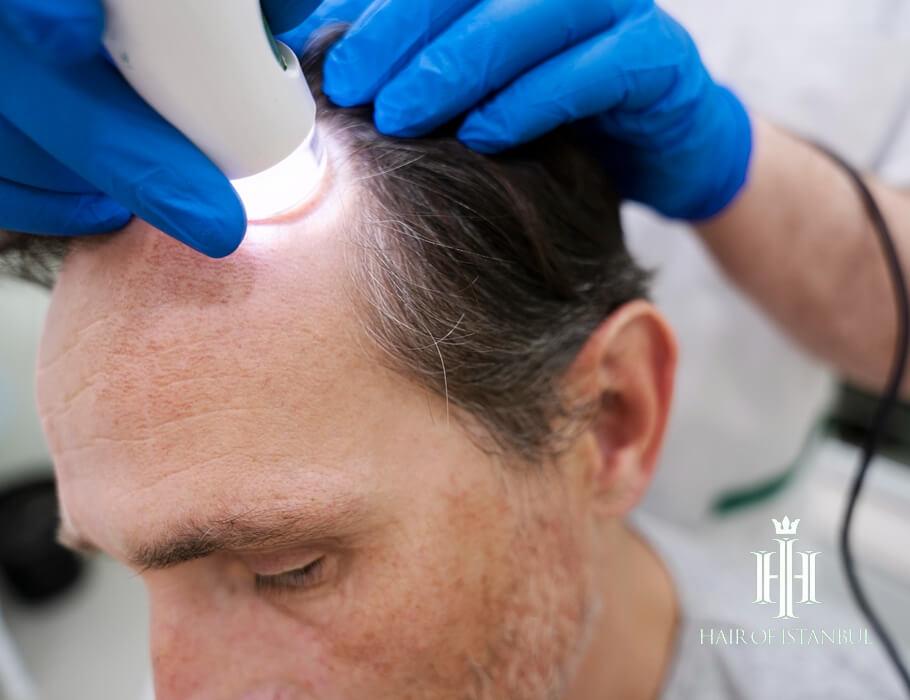
A hair transplant can be a life-changing procedure for those struggling with hair loss, but it’s essential to be aware of potential complications. One such risk involves infected follicles, which, while rare, can negatively impact the overall success of the transplant.
By understanding the causes, symptoms, and treatments for this type of infection, patients can take the necessary precautions and remain vigilant during their recovery period.
In this article, we’ll explore the world of hair transplant infections and provide valuable insights to help you navigate this potential pitfall on your journey towards a fuller head of hair.
What Is Folliculitis After Hair Transplant?
Folliculitis after a hair transplant refers to the inflammation or infection of hair follicles in the recipient area. This condition can occur when bacteria, viruses, or fungi invade the hair follicles, causing redness, swelling, and sometimes pus-filled bumps. [1]
How Common Is Infection After Hair Transplant?
Infection after a hair transplant is relatively rare, as the procedure is typically performed under sterile conditions. The risk of infection is usually less than 1 percent. However, infections can still occur if proper aftercare is not followed. Signs of infection may include redness, swelling, pain, pus, or fever. If you suspect an infection, it’s essential to contact your surgeon immediately for evaluation and treatment. [2]
Also Read: Hair Transplant Trypophobia: Say Goodbye to Hole Fears Today!
How Do You Know If Grafts Are Secure?
Grafts are considered secure when they’ve anchored into the scalp, which usually occurs within 10-14 days after the hair transplant procedure. During this period, the grafts are vulnerable and can be dislodged by excessive force or friction.
To ensure graft security, avoid touching, rubbing, or scratching the recipient area and follow your surgeon’s aftercare instructions. Once the grafts are secure, they’ll continue to grow and develop normally, and you can return to your regular hair care routine. [3]
How Do I Know If My Hair Transplant Is Infected?
To identify a possible infection after a hair transplant, it’s crucial to monitor the healing process and look for any signs that might indicate an issue. Some common signs of infection include:
>>> Increased pain or discomfort in the transplant area
>>> Redness, swelling, or warmth in the area
>>> Pus or discharge coming from the surgical site
>>> Foul smell coming from the wound
>>> Fever or chills
If you notice any of these symptoms, it’s essential to contact your hair transplant surgeon or healthcare provider for further evaluation and appropriate treatment. [4]
How Do I Know If My Donor Area Is Infected?
The donor area, where hair follicles are extracted for transplantation, can also be susceptible to infection. To determine if your donor area is infected, look for the following symptoms:
| Symptoms | Explanations |
| Pain and discomfort: | Persistent pain in the donor area that worsens or does not improve with time may be a sign of infection. |
| Swelling and redness: | Inflammation and redness that persist or worsen can indicate infection. |
| Pus or discharge: | Presence of pus or discharge from the extraction sites is a clear sign of infection. |
| Foul smell: | A bad odor coming from the donor area may be a result of an infection in the donor area after hair transplant. |
What Does An Infected Hair Root Look Like?
Infected hair roots, also known as folliculitis, can be identified by the appearance of the affected hair follicles. Here are some signs to look for:
>>> Small red bumps or white-headed pimples around hair follicles
>>> Pus-filled blisters that break open and crust over
>>> Red and inflamed skin around the follicle
>>> Pain, itching, or tenderness in the affected area
>>> Swollen, warm, or painful areas of skin [5]
If you suspect folliculitis or an infected hair root, it’s essential to seek medical advice for diagnosis and treatment. In most cases, folliculitis can be treated with over-the-counter medications or prescribed antibiotics, depending on the severity of the infection.
Also Read: Hair Transplant Mexico vs Turkey: Which One to Choose?
When is the Risk For Infection the Greatest After Transplant?
The risk for infection is the greatest during the first few weeks following a hair transplant procedure. During this critical period, the scalp is still healing, and the grafts are particularly vulnerable. [6]
Avoiding activities that could cause excessive sweating or introduce bacteria to the scalp can help reduce the risk of infected follicles.
What is the Most Common Causes Of Post-Transplant Infection?
| Most Common Causes | Explanation |
| Bacterial contamination: | May occur if the surgical site is not properly cared for or if harmful bacteria are introduced during the healing process. Staphylococcus and Streptococcus species are among the most frequently implicated bacteria in these infections. |
| Inadequate or improper wound care: | Insufficient cleaning of the surgical area, improper dressing changes, or pressure applied to the wound can increase the risk of infection. Such issues can be prevented by carefully adhering to the post-operative care instructions provided by the surgeon. |
| Use of contaminated instruments: | Infections can also result from the use of non-sterile or contaminated surgical instruments during the hair transplant procedure. Ensuring that the procedure is performed under sterile conditions and by a reputable surgeon can help minimize the risk of infection from this source. |
| Poor patient hygiene: | Failure to maintain proper hygiene after the hair transplant can introduce bacteria to the scalp, increasing the risk of infection. Patients should follow the surgeon’s guidelines on scalp care, including washing and avoiding activities that could cause excessive sweating. |
| Compromised immune system: | Patients with weakened immune systems, such as those with diabetes, autoimmune diseases, or taking immunosuppressive medications, may be more susceptible to infection after a hair transplant. Ensuring optimal health before the procedure can help reduce this risk. |
In cases of infected hair follicles from a botched hair transplant, it is crucial to seek prompt medical attention, as untreated infections can lead to complications such as scarring, follicle damage, or even graft loss.
It’s essential to recognize hair transplant infection signs early to ensure timely treatment. Some common signs of infection include redness, swelling, pus, pain, and fever.
Also Read: Understanding Average Forehead Size: Ideal Sizes by Gender!
What are the Worst Things to Do After Hair Transplant?
There are several activities and actions you should avoid after undergoing a hair transplant procedure. The following table highlights the worst things to do after a hair transplant: [7]
| Action to Avoid | Explanation |
| Touching or scratching the scalp | Touching or scratching the transplant area can dislodge grafts, cause infection, or damage healing tissue. |
| Washing hair immediately | Avoid washing your hair for at least 24 hours after the procedure to allow the grafts to settle and minimize the risk of dislodging them. |
| Exposing the scalp to sunlight | Direct sunlight can damage the healing skin and grafts. Stay out of the sun or use an umbrella to protect the transplant area. |
| Smoking and alcohol consumption | Smoking and alcohol can impair blood flow to the grafts and delay the healing process. Avoid these habits for at least a week after the surgery. |
| Strenuous exercise | Avoid heavy lifting, running, or other vigorous activities that may cause sweating or strain the scalp for at least 1 month post-procedure. |
| Sleeping flat on your back | Sleep with your head elevated for the first few nights to minimize swelling and prevent pressure on the transplant area. |
| Swimming or saunas | Avoid swimming in pools for at least 2 weeks after the procedure, as chlorine can damage the grafts and slow down healing. |
| Sauna, Tanning Bed or Steam Bath | Avoid saunas, tanning beds, and steam baths for a period of 5 months following the procedure, as heat can damage the grafts and steam can increase the risk of infection. |
By adhering to these guidelines and following your surgeon’s post-operative care instructions, you can optimize your healing process and ensure the best possible outcome for your hair transplant. [8]
Also Read: Traction Alopecia: When Is It too Late? The Most Important Signs!
FAQ
Do you need antibiotics after hair transplant?
Antibiotics are often prescribed after a hair transplant to prevent infection and promote healing. It’s essential to follow your doctor’s advice for proper care.
Is it OK to pop pimples after hair transplant?
Resist the urge to pop pimples after a hair transplant, as it can damage the hair grafts and introduce infection. Contact your doctor if you have concerns.
What if you accidentally touch your hair grafts after hair transplant?
Gently touching your grafts by accident usually won’t cause harm. However, avoid rubbing or picking at them, and follow your surgeon’s post-operative care instructions.
Can scratching after 10 days of hair transplant dislodge grafts?
Scratching your scalp after 10 days may still dislodge grafts, as they’re not yet fully secure. It’s best to avoid scratching and consult your doctor if you’re experiencing itchiness.
Can you damage grafts after hair transplant?
Damaging grafts after a hair transplant is possible if you don’t follow post-operative care instructions. Avoid touching, rubbing, or scratching the scalp to ensure graft survival.
What are the little bumps on the scalp after hair transplant?
Little bumps on the scalp after a hair transplant are typically a normal part of the healing process. They may be scabs or ingrown hairs, which usually resolve on their own. [9]
What are the boils on my scalp after hair transplant?
Boils on the scalp after a hair transplant could be folliculitis, an inflammation or infection of the hair follicles. Consult your doctor for proper diagnosis and treatment.
How long to see if there is an infection after a hair transplant?
Infections after hair transplants are relatively rare but can occur within a few days to a couple of weeks post-surgery. Monitoring the transplant area for signs of infection, such as redness, swelling, or pus, is crucial to ensure timely treatment. [10]
How does hair follicle transplant get infected?
Hair follicle transplant infections can result from several factors, including improper sterilization of equipment, inadequate post-operative care, and bacterial contamination during the procedure. [11]
Also Read: My Hair Is So Thin, I Can See My Scalp! Is Something Wrong?
Hair Transplant Infection Treatment
Infections following hair transplant procedures are uncommon, but they can occur. It is essential to promptly identify and treat any infection to minimize complications and ensure the best possible outcome. [12]
The treatment for hair transplant infections typically includes oral antibiotics and topical medications, as well as proper wound care. The following table highlights some common types of treatments and their applications:
| Treatment Type | Application / Usage |
| Oral Antibiotics: | Prescribed by a doctor, these medications help to fight the infection from within and prevent it from spreading. |
| Topical Medications: | Applied directly to the affected area, these creams or ointments aid in reducing inflammation and infection. |
| Wound Care: | Regular cleaning and dressing of the infected area, following your surgeon’s instructions, promotes healing. |
CONCLUSION
In conclusion, understanding the risks of Hair transplant infection and infected follicles is essential for a successful procedure and recovery. One of the most critical preventive measures against such infections is choosing the right professional clinic for your hair transplant journey.

At Hair of Istanbul, we pride ourselves on providing exceptional care and ensuring patient safety and satisfaction. Our clinic has an impressive track record, thanks to our commitment to using the latest techniques and equipment, as well as our skilled and experienced professionals. Choosing a reputable clinic like ours can significantly reduce the risks associated with infected follicles, providing you with a worry-free experience throughout your hair restoration process.
References:
- [1] Dr. Sergio Vano, Apr 23, 2023 – Hair Restoration Questions and Answers – https://www.hairrestorationnetwork.com/forum/16-hair-restoration-questions-and-answers/
- [2] By Mayo Clinic Staff, Aug 31, 2022 – Folliculitis – https://www.mayoclinic.org/diseases-conditions/folliculitis/symptoms-causes/syc-20361634
- [3] Jennifer Berry, Dec 6, 2019 – How effective are different hair transplant methods? – https://www.medicalnewstoday.com/articles/327229
- [4] Dr Roshan Vara, May 14, 2019 – What You Need To Know About Redness After A Hair Transplant – https://www.treatmentroomslondon.com/hair-transplant-tips/redness-after-hair-transplant/
- [5] Daniel Yetman, Aug 12, 2021 – Identifying and Treating an Infection Following a Hair Transplant – https://www.healthline.com/health/infected-hair-transplant
- [6] Maurice Collins, Nov 8, 2021 – How long after a Hair Transplant are Grafts Secure? – https://www.hrbr.ie/blog/how-long-after-hair-transplant-grafts-secure/
- [7] Asim A Jani, Mar 25, 2022 – Infections After Solid Organ Transplantation – https://emedicine.medscape.com/article/430550-overview
- [8] Nina Singh, Oct31, 2014 – Infections in Solid-Organ Transplant Recipients – https://www.ncbi.nlm.nih.gov/pmc/articles/PMC7151835/
- [9] Dr. Raymond Konior, May 18, 2017 – The Risk of Infection After Hair Transplant Surgery – https://www.chicagohairinstitute.com/blog/2017/05/18/the-risk-of-infection-after-182205
- [10] Dr Suhail Alam, Mar 31, 2022 – Hair Transplant Infection – Signs, Causes, Risks And Treatment – https://aventusclinic.com/hair-transplant-infection-signs-causes-risks-and-treatment/
- [11] Hairsure, Feb 21, 2022 – 8 Things to Avoid After Hair Transplant Procedure – https://www.hairsure.in/8-things-to-avoid-after-hair-transplant-procedure/
- [12] Mike Saul, 2023 – Hair Transplant Infections – https://www.cosmeticsurgerysolicitors.co.uk/our-services/hair-transplants-compensation/resources/hair-transplant-infections

